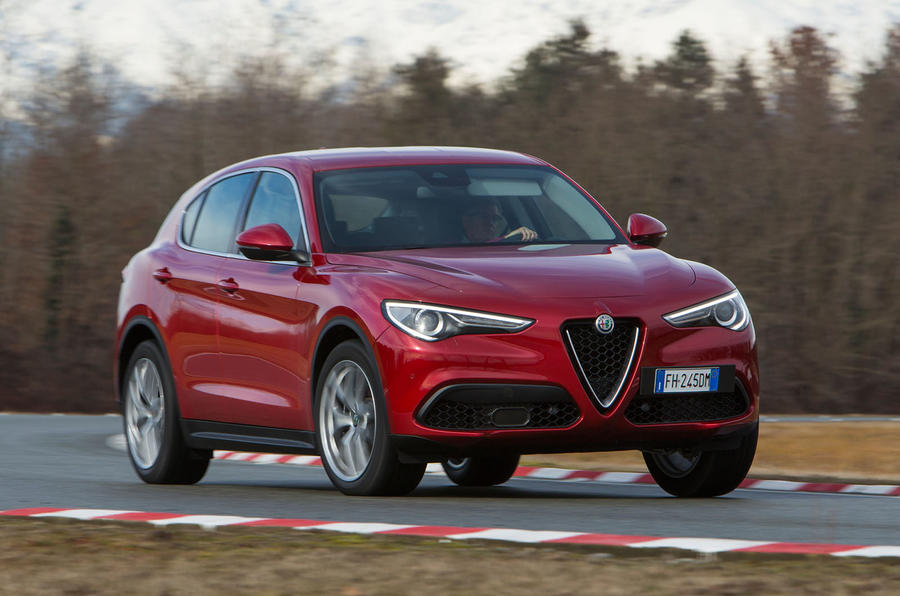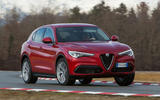What is it?
The Alfa Romeo Stelvio has a big boot. It has rear seats that conveniently split-fold in 40/20/40 portions. It has sensible black plastic wheel arch lips. It has multiple cupholders, a power tailgate, several shopping hooks and… 280bhp. Which is quite a lot for a high-riding five-seat family car.
This certainly isn’t the first time that Alfa Romeo has set about building a more practical vehicle – it made a rugged, Jeep-like 4x4 called the Matta in the early 1950s - but what its Canadian boss Reid Bigland underlines is that ‘the Stelvio is an Alfa Romeo first, and an SUV second.’ And, as any car enthusiast knows, that should mean a recipe to include excellent handling, feelsome steering and a tunefully characterful soundtrack. To this end, chief engineer Roberto Fedeli points out that Alfa Romeo consulted a couple of musicians (of rock, blues and pop leanings rather than orchestral, rap or trance, apparently) to create a backing track in harmony with the rest of the car in the interests of bestowing it with a ‘coherent character’.
That character is built on the so-called Giorgio platform that also underpins the Giulia saloon, with Fedeli pointing out that the Stelvio was developed at much the same time in a ‘cluster’ of models that will grow from this architecture. Meanwhile, Bigland reminds us that Giorgio was developed as a premium architecture, and that by making its debut on the 503bhp Giulia Quadrifoglio it was possible to develop high-cost items such as a lightweight carbonfibre propshaft that also appears below the floors of all the mainstream Giulias, and the Stelvio besides. Had the less potent versions been developed first, he explains, the finance department would have vetoed such functional indulgences.
The Stelvio is rich in lightweight aluminium, too. The doors, bonnet and tailgate are all alloy, as is the suspension and its sub-frames. The result is a mid-sized, four-wheel-drive SUV that weighs in at 1659kg with fluids: impressively competitive heft even against the equivalent predominantly aluminium 1775kg Jaguar F-Pace. The Stelvio's body is also exceptionally rigid, a vital requirement both of a keen-handling car, and an SUV with off-road capabilities. It’s presumably no Land Rover – there are no terrain settings to choose from – but there is a hill-descent facility and a heated steering wheel for sub-zero adventuring.
Mostly, though, the Stelvio’s innards have been arranged to provide an entertainingly diverting drive, to which end Fedeli and his colleagues established an unusual dynamic goal: to reproduce the handling of the Giulia in a car whose driving position – or H-point, in industry-speak – is 190mm higher. And that includes replicating the Giulia’s low-roll cornering habits. No trick roll-resisting devices are employed, with Fedeli confirming that this goal has been achieved with stiffer springs and anti-roll bars. To which the obvious next question is: ‘what about the ride?’ Specially developed dampers are the apparent solution, and on the petrol and diesel versions we’ll try today, of the non-electronic variety.


































































Join the debate
Add your comment
Horrendous
The diesel is actually going
There is a reason...
There is a reason...